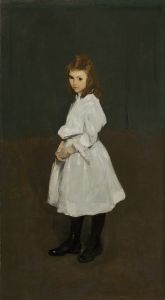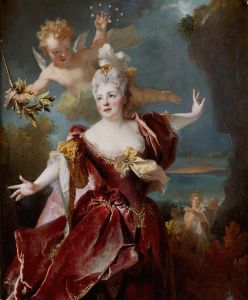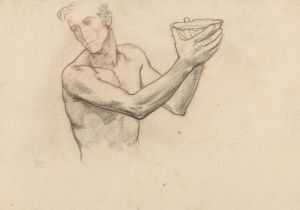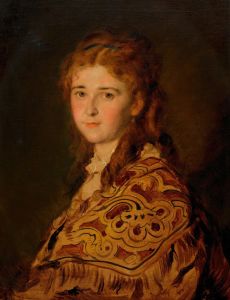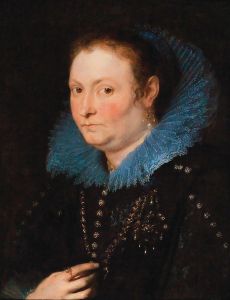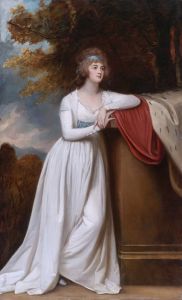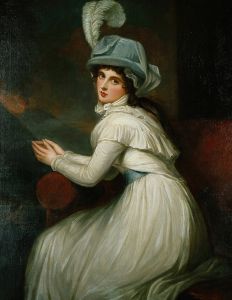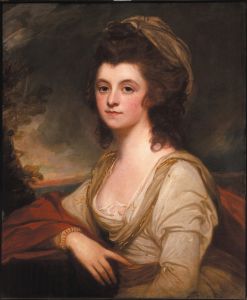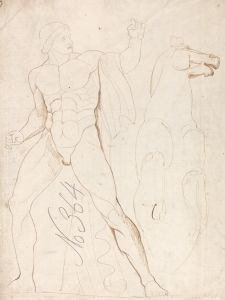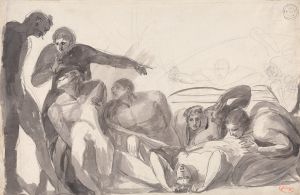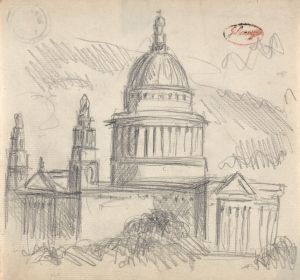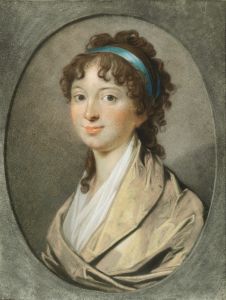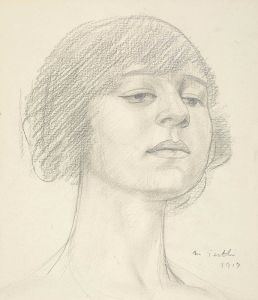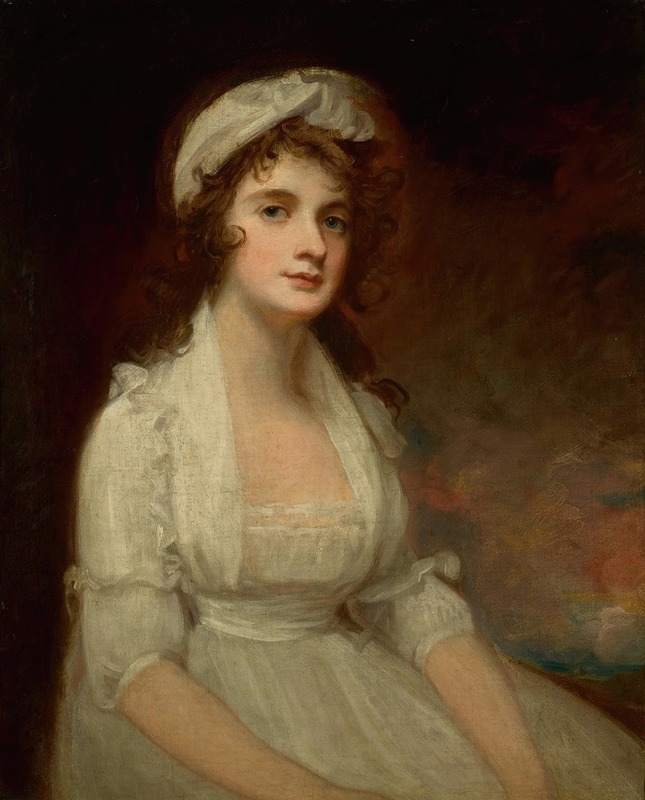
Portrait Of Miss Elizabeth Tighe , Half-Length, Wearing A White Dress
A hand-painted replica of George Romney’s masterpiece Portrait Of Miss Elizabeth Tighe , Half-Length, Wearing A White Dress, meticulously crafted by professional artists to capture the true essence of the original. Each piece is created with museum-quality canvas and rare mineral pigments, carefully painted by experienced artists with delicate brushstrokes and rich, layered colors to perfectly recreate the texture of the original artwork. Unlike machine-printed reproductions, this hand-painted version brings the painting to life, infused with the artist’s emotions and skill in every stroke. Whether for personal collection or home decoration, it instantly elevates the artistic atmosphere of any space.
George Romney was a prominent English portrait painter in the late 18th century, known for his vivid and elegant portrayals of society figures. One of his works, "Portrait of Miss Elizabeth Tighe, Half-Length, Wearing A White Dress," exemplifies his skill in capturing the grace and poise of his subjects. This painting is a testament to Romney's ability to convey the personality and status of his sitters through his adept use of color, composition, and attention to detail.
Elizabeth Tighe, the subject of this portrait, was a member of the Anglo-Irish gentry, a social class that often sought to have their likenesses immortalized by leading artists of the time. The painting depicts Miss Tighe in a half-length pose, dressed in a white gown that reflects the fashion of the period. The choice of a white dress not only highlights her social standing but also symbolizes purity and elegance, qualities that were highly esteemed in women during the 18th century.
Romney's technique in this portrait is characteristic of his broader body of work. He employed a soft, yet precise brushwork that allowed him to capture the delicate features of Miss Tighe's face, as well as the intricate details of her attire. The background of the painting is kept relatively simple, ensuring that the viewer's focus remains on the subject. This approach is typical of Romney's style, where the emphasis is placed on the sitter's expression and demeanor rather than on elaborate settings or backgrounds.
The lighting in the portrait is subtle, with gentle highlights that accentuate Miss Tighe's facial features and the folds of her dress. Romney's use of light and shadow adds depth to the painting, giving it a lifelike quality that was highly praised by his contemporaries. The artist's ability to render textures, such as the softness of the fabric and the smoothness of the skin, further demonstrates his technical proficiency.
Romney was part of a group of artists who were instrumental in the development of British portraiture during the 18th century. His work was influenced by the likes of Sir Joshua Reynolds and Thomas Gainsborough, yet he managed to carve out his own niche with a distinctive style that was both refined and expressive. Romney's portraits were in high demand among the British elite, and his reputation as a leading portraitist was well established by the time he painted Miss Tighe.
The "Portrait of Miss Elizabeth Tighe, Half-Length, Wearing A White Dress" is a fine example of Romney's contribution to the art of portraiture. It reflects not only the aesthetic values of the period but also provides insight into the social dynamics of the time. Through this painting, viewers can appreciate the skill and artistry of George Romney, as well as gain a glimpse into the life and status of Elizabeth Tighe, a woman of her era.
While specific details about Elizabeth Tighe's life and her connection to Romney are limited, the portrait remains a valuable piece of art history. It serves as a reminder of the enduring appeal of portraiture and the role it plays in preserving the legacy of individuals and the societies they inhabited.





